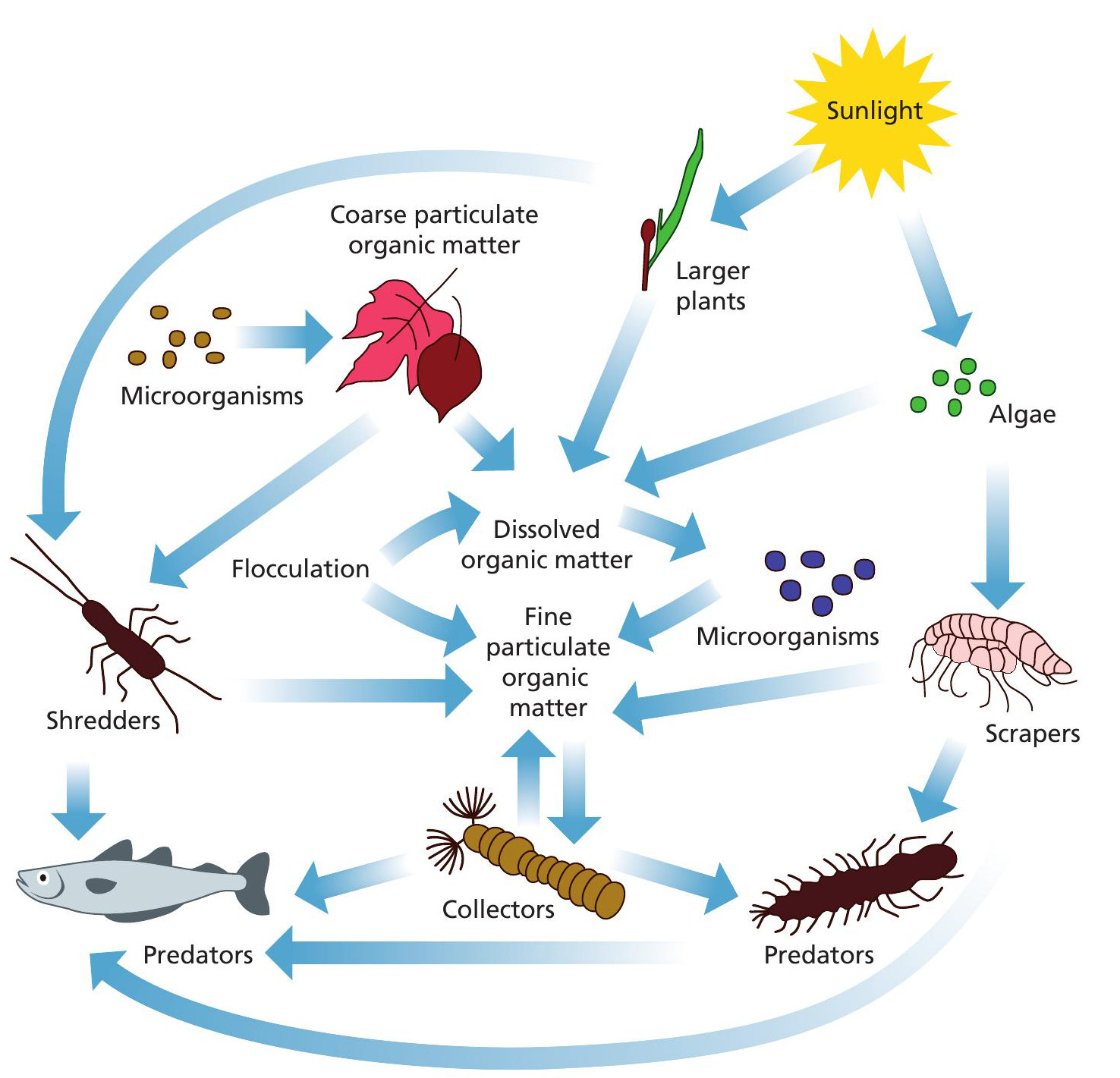
Rivers collect and drain water from the landscape. They erode, transport and deposit sediments to produce landforms. But these hydrological and geomorphological processes do not operate in a sterile, lifeless environment. Rivers are also rich ecosystems and the links between river ecology, hydrology and geomorphology are crucial for understanding how rivers work, how we should best manage them and what they can do for us.
The world’s rivers, lakes and other fresh waters contain approximately 126,000 animal species, or 10% of all known animals. This diversity is remarkable because fresh waters represent only 0.01% of the world’s total water and cover only 0.8% of the Earth’s surface. Such richness is possible because rivers contain the necessities for life (energy, food, water) and because they create diverse habitats — places where different plants and animals can find the things they need to survive and reproduce, such as shelter, food and protection from predators.
Your organisation does not have access to this article.
Sign up today to give your students the edge they need to achieve their best grades with subject expertise
Subscribe




